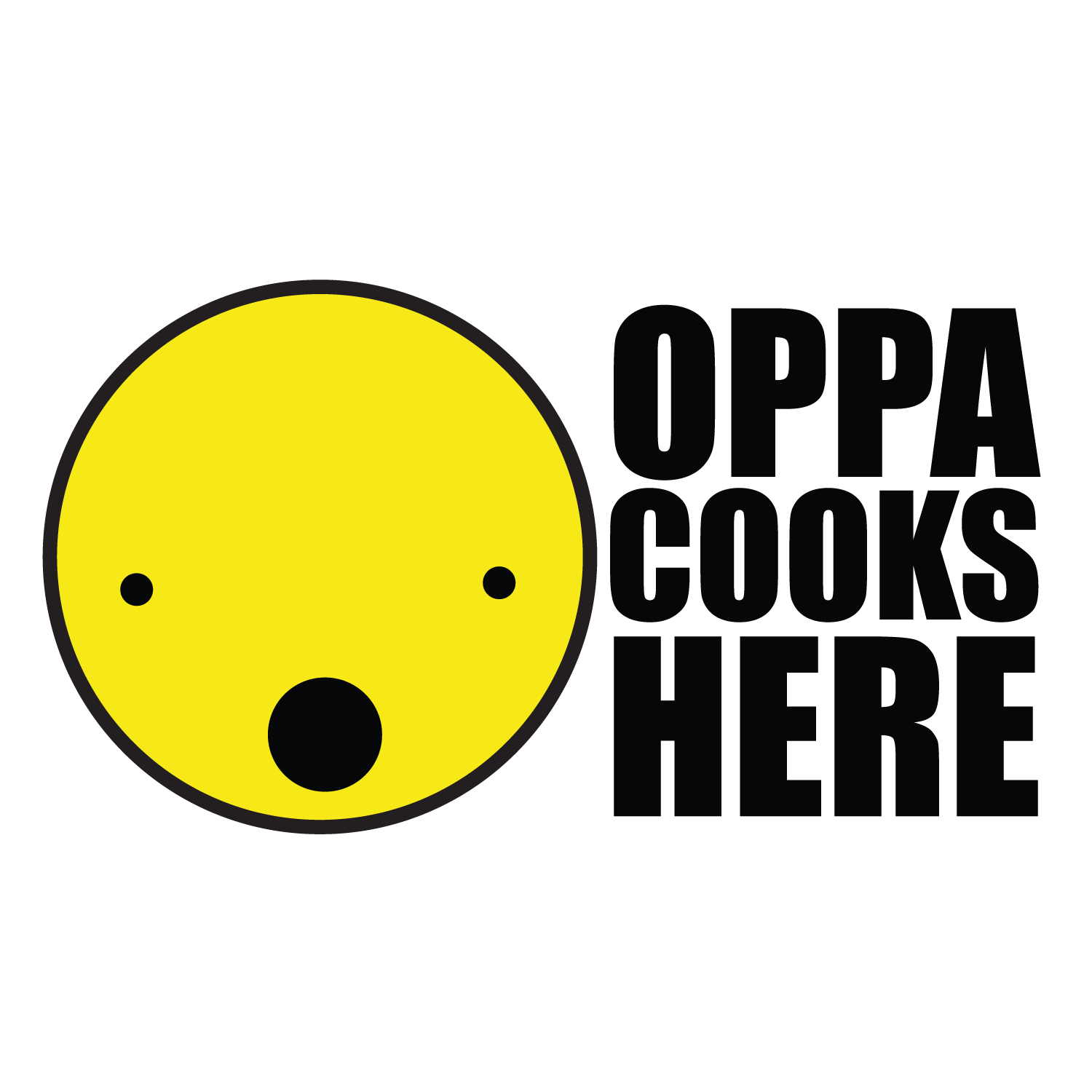YANGJO GANJANG aka Naturally Brewed Soy Sauce
#1 selling soy sauce in korea.
This is the preferred soy sauce of most Korean households today. With most leading busy, modern lives, you’ll be hard pressed to find many families spending much time cooking let alone fermenting soybeans for months or years.
Just say no to this blended soy sauce that contains 80% acid hydrolyzed soy sauce. That’s soy sauce made by chemically processing soy in hydrochloric acid.
Commercially made GUK GANJANG are generally regarded as cheap and low quality products (not to be confused with homemade GUK GANJANG which is the A+ real deal) and many keep only YANGJO GANJANG as their all-purpose soy sauce. Otherwise they’ll use the economical JIN GANJANG for soups, stir-frying and BBQ (cooking) and spend a bit more on YANGJO GANJANG for dipping and dressings (adding to prepared food).
This is basically what YANGJO GANJANG is.
YANGJO means brewed. Referring to a more natural fermentation as opposed to a completely chemical process. This type of soy sauce has been referred to in the past as WHE GANJANG or Japanese Soy Sauce because it uses a Japanese method that was introduced when Korea was under Japanese rule. The addition of wheat is what speeds up the fermentation process.
With the non-traditional addition of wheat, they are able to time the fermentation so they have a finished product within 6 months. This has become a common way to process soy sauce for mass production in Korea.
This is seen as a better alternative to using blended soy sauces that contain chemical processing. All JIN GANJANG from Korea’s #1 Soy Sauce company SEMPIO are blended. For only a few dollars more, most feel it’s worth the price to get a better quality and healthier product because it is so often used.
The downside is that many soy sauces marketed as YANGJO (brewed) take advantage of its general, unquestioned appeal to hide the fact they contain additives to boost its flavour (Well, the information is available if you look at the ingredients list, but when is the last time you looked at your bottle of soy sauce?). After all, there are limitations to scientific advances. You may be able to get it to look and smell like the real thing, but you can’t exactly imitate what only time (lengthy fermentation) can do.
Most contain wheat, sugars and preservative agents. There are varieties that don’t but living outside of Korea, we won’t see them all. As a Korean soy sauce shopper living outside of Korea, I will only list the options readily available online.
#1 Best Selling, Recognized and Trusted brand SEMPIO: Yangjo Ganjang
Sempio’s YANGJO GANJANG 501 is the best selling soy sauce in Korea. The 501 denotes the Total Nitrogen level that Koreans use to gauge quality. The 501 has a T.N. 1.5% which is considered a premium product (Note that 1% is the minimum and 1.7% is the highest grade available). Total nitrogen levels measure the amount of proteins present. The higher the number, the better quality.
Note that the ingredients listed are: Purified water, skim soybeans, wheat, sea salt, other fructose, fermented alcohol, yeast.
Sempio’s YANGJO GANJANG 701 has a T.N. 1.7% and is considered the best you can get.
Ingredients: Purified water, skim soybeans, wheat, sea salt, oligosaccharides, fermented alcohol, yeast extract powder, licorice extract.
Not only do both of these “premium” products not contain whole soybeans but they also contain wheat and additives. However, they are easily found at the Asian grocery or online.
But this is a personal prejudice (against SEMPIO) I’ve developed through research done for this series of articles. You will find the majority of Koreans with a brand loyalty to SEMPIO going back generations. Many state a preference for the taste and trash-talk my now go-to brand, CHUNG JUNG ONE. So you know, take everything you read online with a grain of salt.
Chung Jung One’s YANGJO GANJANG
I can’t find listings for these on the-largest-online-marketplace-in-the-world, but you may find them at your local Korean grocery!
Ingredients: Purified Water, Skim Soybean, Sea Salt, Wheat, Fructose, Etc (!). Their website actually states “etc” at the end of the ingredient list- which is, you know, hilarious. But check out food labels for common products in your pantry and you will often see the term “natural and artificial flavor”. This is another way to gloss over who knows what.
Chung Jung One’s YANGJO GANJANG Aged 1 Year
Ingredients: Skim Soybean, Sea Salt, Organic Wheat.
Chung Jung One’s Organic YANGJO GANJANG
Ingredients: Organic Skim Soybean, Sea Salt, Organic Wheat.
Skim soybeans are also known as defatted soybean. To de-fat something sounds good, right?
Basically, this means that they use what is left over after soybeans have had most of the oil (and sugar, fiber, vitamins, minerals) extracted to make soybean oil (one of the most consumed vegetable oils in the world). In other words, it doesn’t contain any whole soybean. Also, the extraction method is a chemical one (Submersion in hexane- one of the chemicals that make up petroleum and crude oil).
Getting what is left over after the soybean oil companies are done with the whole soybeans means mega savings for soy sauce manufacturers. You can only imagine the degradation of quality when the main ingredient is actually just a collection of leftover scraps that has gone through major chemical processing no less.
Keep in mind, soy sauce is not the only culprit. Defatted soy meal has a very high protein content. It is common practice for many products like veggie burgers, energy bars and soy baby formula to use it. It can be listed as Soy Protein Isolate- another byproduct of defatted soy that has gone through a hexane bath.
In my opinion, if you are sensitive or adhere to a gluten-free diet, I highly recommend avoiding the popular categories of JIN GANJANG and YANGJO GANJANG completely. The authentic Korean soy sauce takes some getting used to (it is saltier and lighter in colour) but you will soon adjust to using less than what’s stated on the recipe. And you will feel better knowing that you’re not ingesting any chemical additives. Try it before you knock it!
But it needs to be said, most of the foods we eat are chemically altered/modified for optimum taste- talking about you Doritos. Wheat and sugar additives aren’t anything out of the ordinary, unfortunately. Take note that YANGJO GANJANG is definitely better quality than JIN GANJANG when it comes to SEMPIO (most widely accessible) brand soy sauce products.
The best (least processed, commercially available) soy sauce in Korea that you may be able to find at your local Korean grocer’s or online
Yoon Ji-Young Artisanal Korean Soy Sauce made with time, care and only 3 ingredients available online. Made in Korea.
Q-Rapha Craft Korean Soy Sauce with only 3 ingredients available online. Made in the US.
Interesting further reading that my depress you:
Soy food Industry’s Not So Healthy Secret (Sarah Mosko PhD)
What is Soy Protein Isolate and Is it Bad for You? (Gabrielle Kassel- Eat This, Not That!)




















